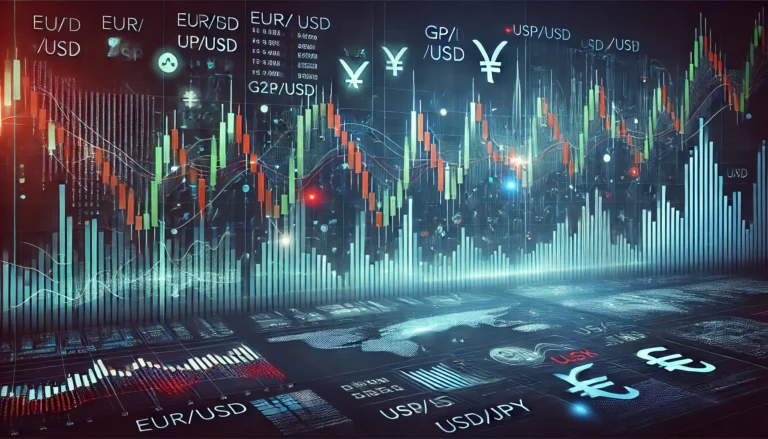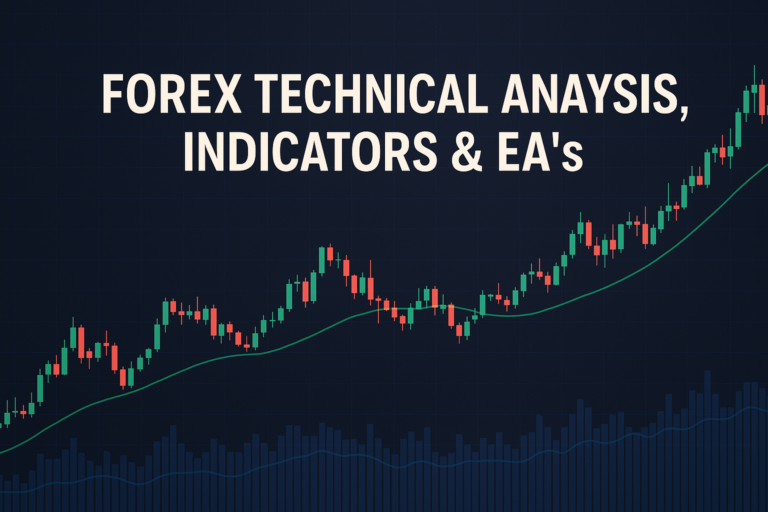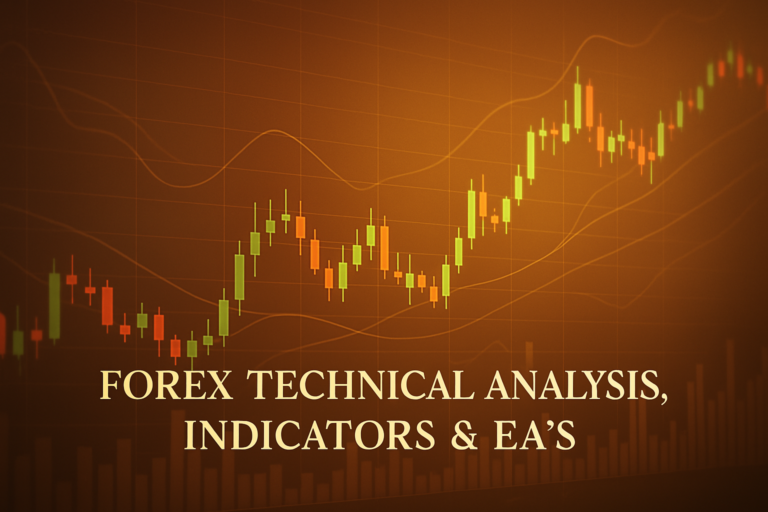
Closed P/L is a vital aspect of Forex trading that every trader should understand to enhance their performance and decision-making skills.
Closed P/L, or closed profit and loss, is a vital concept for anyone involved in Forex trading. It refers to the gains or losses realized when a trade is closed. Understanding closed P/L helps traders evaluate their performance, adjust their strategies, and ultimately improve their trading outcomes.
However, many traders, both beginners and professionals, struggle with grasping the significance of closed P/L. They often overlook its importance, focusing instead on unrealized profits and losses while a trade is still open. This lack of understanding can lead to poor decision-making and missed opportunities. Therefore, mastering closed P/L is crucial for traders looking to thrive in the Forex market.
For traders looking for additional insights, the crypto stochastic rsi is another valuable tool to consider in your trading toolkit.
Understanding the Closed P/L
Closed P/L is the difference between the entry and exit price of your trades, expressed in monetary terms. When you close a trade, your profits or losses become “realized,” meaning they impact your account balance. This concept can be tricky for many traders. It’s not just about how much money you think you might make; it’s about understanding the actual outcomes of your trading decisions.
Closed P/L can occur for various reasons. Sometimes, market volatility leads to sudden price changes, affecting your trade’s outcome. Other times, traders may panic and exit their positions too early, resulting in a loss. For example, imagine you bought a currency pair at 1.2000, and it rose to 1.2100. If you closed the trade at that point, your closed P/L would be a profit. But if the price dropped to 1.1900 before you closed, you’d incur a loss.
Pro’s and Con’s for Closed P/L
Understanding the pros and cons of closed P/L can help traders make better decisions. Here are some insights:
- Pro: Realizing profit can boost your confidence and encourage you to continue trading effectively.
- Con: Closing trades too early can lead to missed opportunities for greater profits.
Step-by-Step Solutions
To mitigate the issues surrounding closed P/L, consider these steps:
- Set Clear Goals: Determine your profit and loss targets before entering a trade.
- Use Stop-Loss Orders: Protect your capital by setting stop-loss orders to limit potential losses.
- Review Closed Trades: Regularly analyze your closed trades to understand what worked and what didn’t.
Best Practices
Here are some best practices to avoid issues with closed P/L:
- Stay Informed: Keep up with market news and trends to make informed decisions.
- Practice Patience: Don’t rush to close a trade; give your strategy time to unfold.
- Use Demo Accounts: Practice your trading strategies without risking real money.
For those facing issues with trading, you might also encounter the problem of mt5 order execution too slow, which can affect your overall trading experience.
Frequently Asked Questions
1. What is closed P/L in Forex trading?
Closed P/L represents the profit or loss realized after closing a trade. It’s critical for assessing your trading performance and strategy.
2. How can I calculate closed P/L?
To calculate closed P/L, subtract the entry price from the exit price and multiply by the number of units traded. For example, if you bought 1000 units at 1.2000 and sold at 1.2100, your closed P/L would be (1.2100 – 1.2000) * 1000 = $100 profit.
3. Why do traders struggle with closed P/L?
Many traders focus on unrealized profits, ignoring the importance of closed P/L. This can lead to poor decision-making and emotional trading.
4. How can I avoid closing trades too early?
Set clear profit targets and stick to your trading plan. Using trailing stop-loss orders can also help you capture more profits while protecting against losses.
5. Is closed P/L important for long-term success?
Yes, understanding and managing closed P/L is crucial for long-term success. It helps you refine your trading strategy and improve your overall performance.
Conclusion
To conclude, understanding closed P/L is essential for all Forex traders. This concept not only helps you evaluate your trades but also guides you in making informed decisions moving forward. With the right knowledge, you can effectively manage and even avoid the pitfalls associated with closed P/L.
Stay curious, keep learning, and always strive to improve your trading strategies! Every trader can master their closed P/L with practice and patience.
Recommended Next Steps
As you continue your trading journey, consider the following steps to enhance your understanding of closed P/L:
- Review your past trades to analyze closed P/L outcomes.
- Set clear trading goals for future trades.
- Engage with online trading communities for shared insights.
- Utilize demo accounts to practice without financial risk.
By taking these steps, you can effectively manage your closed P/L and enhance your overall trading performance.
Looking to go beyond the basics? This resource offers deeper insights EToro Academy, Kiplinger
Expand Your Knowledge
- 📌 Forex Trading Learning Road Map
- 📌 Forex Trading Course with no Fees
- 📌 Forex Trading Issues, Problems, and Solutions
- 📌 Forex Daily Forecast & Live Updates
- 📌 Forex Fundamental & News Analysis: Tomorrow’s Market Movers & Trade Opportunities
- 📌 Forex Education Hub: Learn & Profit
- 📌 Forex Technical Analysis, Indicators & EA’s
Start Trading Today
Ready to take your forex trading to the next level? Open an account with Exness, one of the most trusted platforms in the industry. 👉 Sign Up Now and trade with confidence!
My recommended broker stands out with ultra-low spreads for beginners, instant withdrawals, and zero spread accounts for pro traders.
Trusted since 2008, lightning-fast execution, no hidden fees, and a secure, transparent trading environment—giving you the edge you need to succeed. 🚀
YouTube Video Library: Related Videos
Note: The video above is embedded from YouTube and is the property of its original creator. We do not own or take responsibility for the content or opinions expressed in the video.





